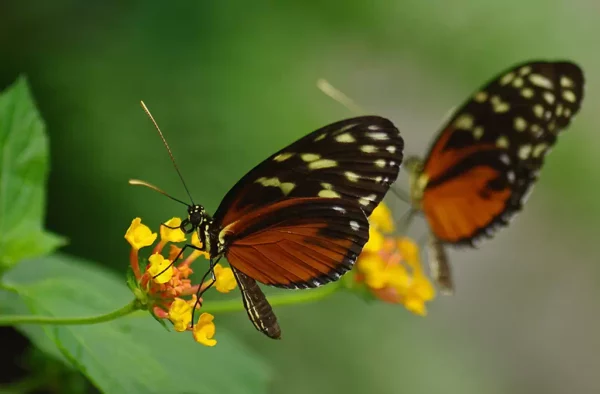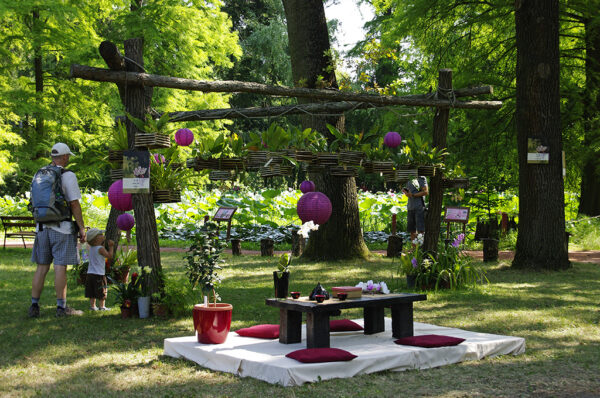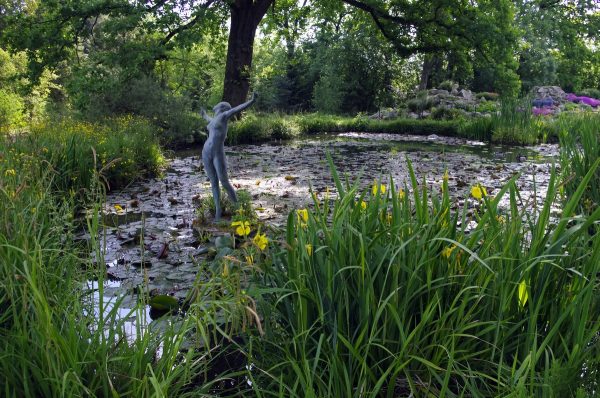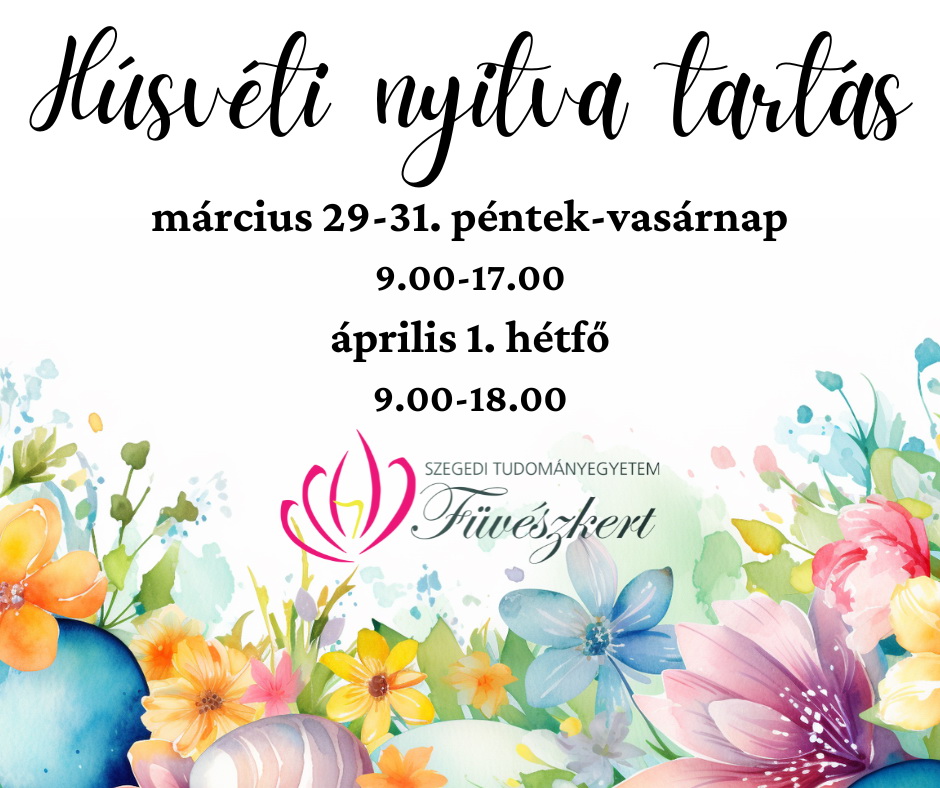In the mild weather of February, they began to grow overnight and blossomed winter cemeteryk (Eranthis hyemalis) in the herb garden.
The tiny yellow flower belongs to the buttercup family. A species with a Mediterranean distribution, which probably became wild from monastery gardens and castle gardens in the Middle Ages. It has become established in our country, and among our natural forests, it can be found in larger quantities in the pine oak forests and woodlands of Transdanubia. Protected species, nature conservation value HUF 5,000.
Perennial tuberous plant. One of our earliest flowering plants, it often emerges from under the snow at the end of winter. First the blooming shoot appears, the single yellow flower at the top of the shoot is surrounded by bright green bracts like a skirt. Your sales letters appear later and remain for a long time.
The winter cemetery does not leave the spreading of its seeds to chance. It pays the travelers of its seeds, the ants, with the oil-containing appendages of the seeds, its favorite ant treat.
The favorite flower of Hungarian gardens opens almost at the same time as the winter cemetery oriental snow flower (Galanthus nivalis) also. In recent years, the plant has come into the focus of public opinion and nature conservation. In 2005, it was declared protected, thus its collection and sale became prohibited. Its conservation value is HUF 10,000.
The measure was brought about by his intensive commercial collection. The collectors also dug up the beautiful, healthy stems and sent them abroad year after year. Exploitation of its habitats has reached such a level that it has threatened the survival of natural populations.
At the tip of the stem of the bulbous plant, a single flattering flower opens. Its three long, white leaflets almost completely cover the inner three, much smaller, green-edged leaflets. Its narrow green bracts curve over the flower. Two of them are greenish-blue in color. Nowadays, there are many horticultural versions. If someone wants to plant them in their garden, they can legally buy snowdrop bulbs in horticulture.
They await the arrival of spring with buds ready to burst I'm squinting too. The still small, tightly closed buds await the easing of the weather, protected from the seeds, close to the ground. The interesting feature of the scurvy is the petal-like, colorful cup, which remains even during the ripening period, thoroughly deceiving nature walkers, who easily mistake the stems, which are already fattening their seeds, for a flowering plant. Its fruit is a follicle fruit. Its leaves are palmately compound, the individual slices are elongated and have a tapering tip. The sly ones easily cross with each other, and then stems with temporary colored flowers also appear. There are 3 species of them living in Hungary, in our collection you can see the scented and the red shrike, as well as their transitional forms. You can find many bred versions in nurseries.
The real splendor of the early spring forests is the liverwort (Hepatica nobilis). Its bright purple pedunculated flowers are really eye-catching in the spring, they almost glow from the brownish foliage and attract the eye. It is interesting that the color of its flowers is actually given by the 5-10-membered bracts consisting of the totality of the petals and sepals. Its three cup-like, green leaves are of bract origin. After fruit ripening, for most of the year, the presence of the plant is shown only by its characteristic three-lobed leaves, similar to liver lobes. Protected plant.
Quite a few species of cyclamen also open in early spring. Among them the round-leaved cyclamen (Cyclamen coum) can also be admired in the herb garden. Cyclamen are tuberous perennials. From this tuber, the stalks bearing the solitary flower and those from it sprout every year. The cyclamen flower has a very distinctive appearance. The end of the peduncle curves downwards, so the flower faces downwards, while the petals that have grown together at the base bend back and stand upwards. The long, pointed petals can be white, pink or even purple in color. Its round, heart-shouldered leaves have a silver gray and dark green pattern, making the plant very decorative in itself. Its homeland is SE Europe, the Caucasus and the Middle East.
In nurseries and flower shops, you can most often get large-flowered, bred hybrid versions of the indoor cyclamen (Cyclamen persicum)







